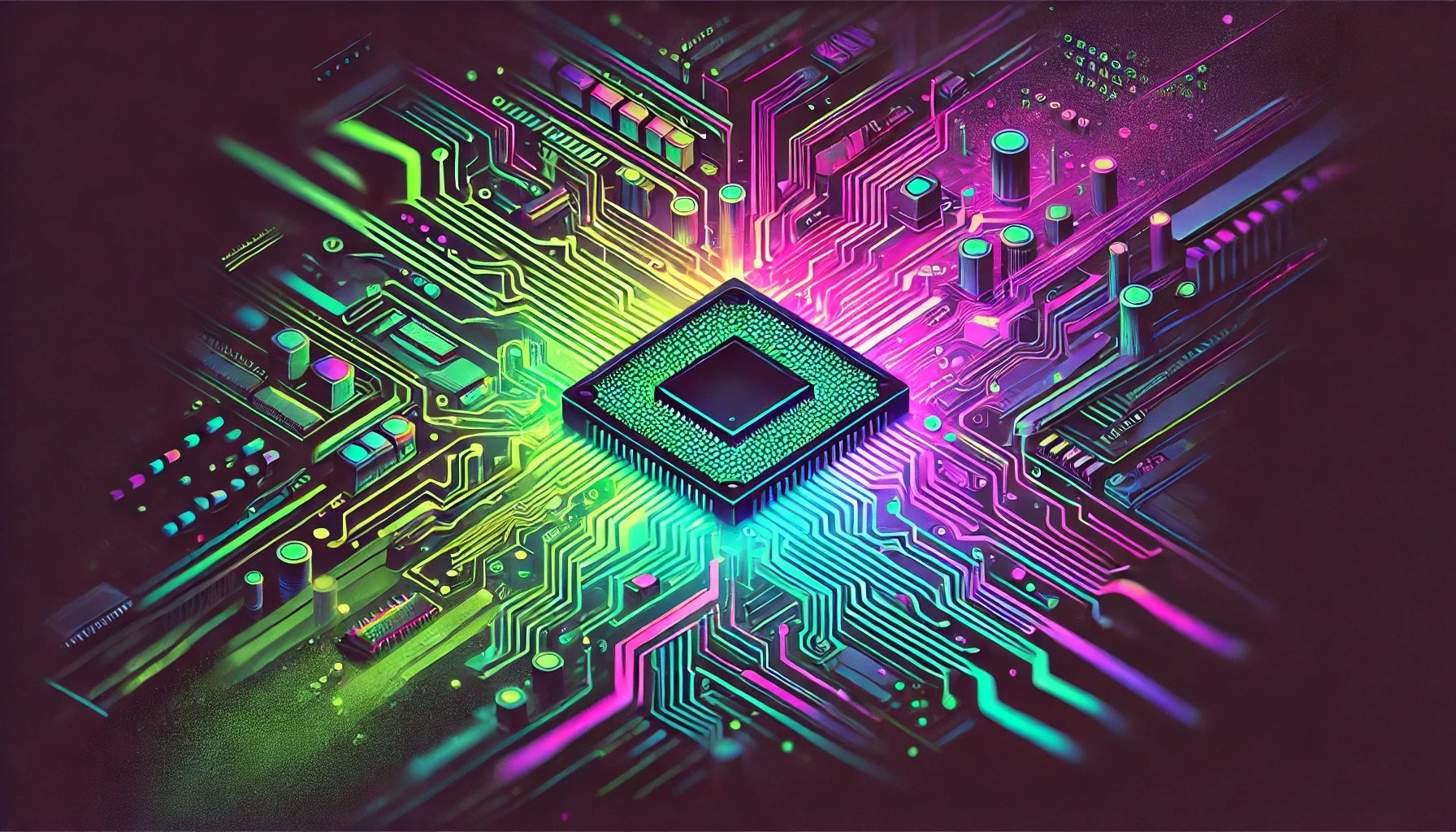Identify Critical Components for Self-Test
- Determine which components of your device require periodic testing to ensure reliable operation. This could include memory tests, sensor calibrations, communication interfaces, and critical processing units.
- Decide the level of diagnostics needed based on the component's impact on system functionality. Critical components may need in-depth testing, while others might require only a cursory check.
Design Self-Test Routines
Integrate Self-Tests into Firmware Flow
- Implement a sequencer or scheduler within your firmware to execute self-tests at appropriate times, like boot-up or at regular intervals during operation.
- Ensure minimal disruption. Self-tests should occur during low-use periods when possible or in ways that do not significantly degrade performance.
Handle Self-Test Results
Optimize and Validate Self-Tests
- Regularly review and optimize self-test routines for performance and coverage. Test conditions must be comprehensive but not excessively time-consuming.
- Conduct extensive validation on self-test procedures under various scenarios to ensure reliability across potential device states and environmental conditions.
Document Self-Test Procedures
- Maintain comprehensive documentation on self-test designs, integrations, and results handling. This documentation supports future development and troubleshooting.
- Ensure the firmware's documentation explains how self-tests are initiated, their scope, and what the expected outcomes are for end-users or system administrators.
























